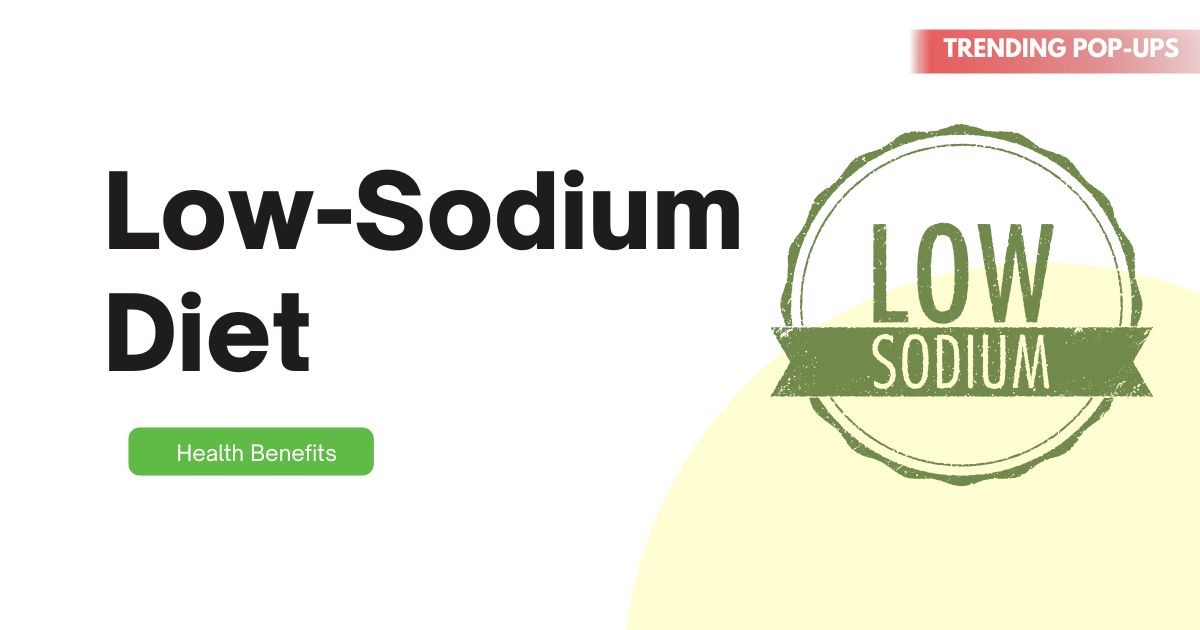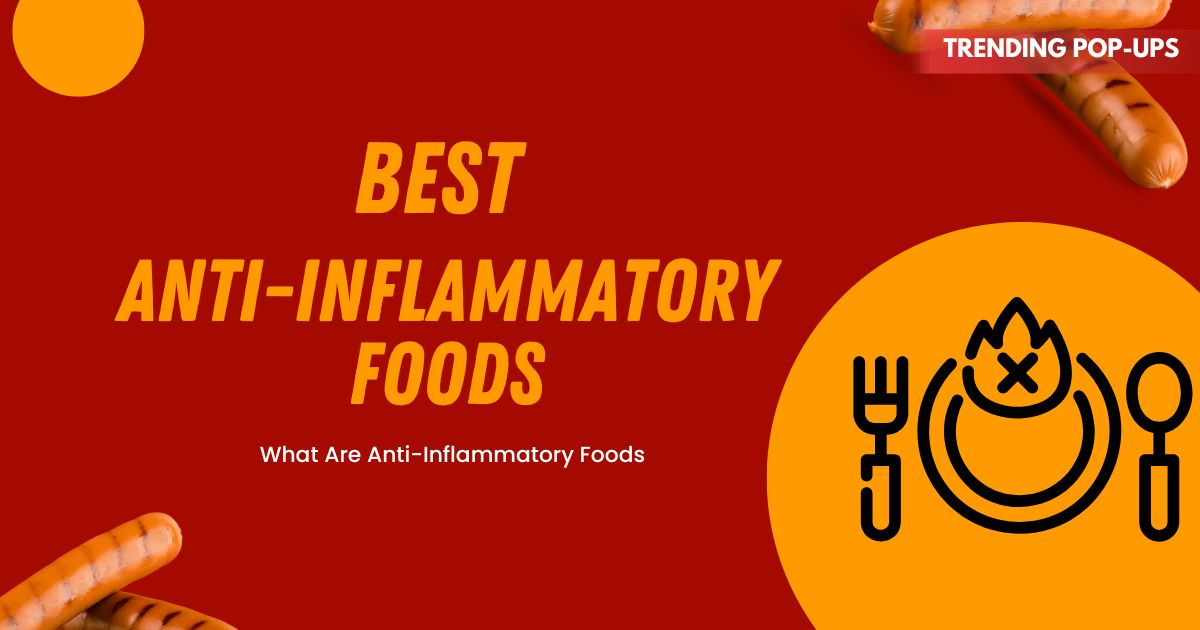Sodium is an essential mineral that the body needs to regulate fluids, maintain nerve function, and support muscle contractions. However, consuming too much sodium—primarily from table salt and processed foods—can negatively impact health. According to health experts, the average person consumes far more sodium than the recommended daily limit of 2,300 mg.
A low-sodium diet helps lower blood pressure, reduce the risk of heart disease, and protect kidney function. This article explains the key health benefits of a low-sodium diet and how it can improve overall wellbeing.
Why a Low-Sodium Diet Matters
Excess sodium causes the body to retain water, which increases blood volume and puts extra pressure on blood vessels. Over time, this can damage the cardiovascular system, kidneys, and other organs. By lowering sodium intake, you help your body maintain a healthier balance of fluids and protect vital organs.
1. Lowers Blood Pressure
One of the most well-known benefits of a low-sodium diet is its ability to lower blood pressure. High sodium intake is directly linked to hypertension (high blood pressure), a condition that increases the risk of stroke and heart attack.
Key Point:
Reducing sodium allows blood vessels to relax, lowering pressure and improving circulation.
2. Reduces Risk of Heart Disease
A high-sodium diet puts strain on the heart by forcing it to pump against higher pressure. This can lead to heart enlargement and eventual heart failure. A low-sodium diet supports heart health by reducing this burden, lowering cholesterol, and improving arterial health.
Key Point:
Consistently choosing low-sodium foods reduces the chances of developing cardiovascular disease.
3. Prevents Stroke
Strokes often occur due to blocked or ruptured blood vessels in the brain. High sodium intake increases blood pressure, which is one of the leading causes of stroke. A low-sodium diet lowers this risk by maintaining healthier blood vessel function.
Key Point:
Controlling salt intake is a preventive measure against life-threatening strokes.
4. Supports Kidney Health
The kidneys are responsible for filtering waste and balancing electrolytes, including sodium. When sodium levels are too high, the kidneys work harder, leading to damage over time. A low-sodium diet helps reduce this strain, preventing kidney disease and kidney stones.
Key Point:
Eating less sodium protects the kidneys and ensures they function effectively.
5. Decreases Risk of Osteoporosis
Excess sodium causes calcium loss in the urine, which can weaken bones and increase the risk of osteoporosis. A low-sodium diet helps preserve bone density, particularly in older adults and postmenopausal women.
Key Point:
Lowering sodium supports stronger bones and reduces the risk of fractures.
6. Helps Manage Weight and Reduce Bloating
High sodium levels cause the body to retain water, leading to bloating and weight fluctuations. By reducing sodium intake, you naturally lose excess water weight, which makes you feel lighter and less puffy.
Key Point:
A low-sodium diet helps with fluid balance, reduces bloating, and supports weight management.
7. Improves Overall Diet Quality
Processed and packaged foods are the main sources of excess sodium. By switching to a low-sodium diet, you are more likely to consume fresh fruits, vegetables, whole grains, and lean proteins—leading to a more nutrient-dense diet overall.
Key Point:
Cutting down on sodium encourages healthier food choices and better nutrition.
8. Benefits People with Specific Health Conditions
A low-sodium diet is particularly beneficial for people with:
-
Heart disease – lowers strain on the cardiovascular system.
-
Kidney disease – reduces workload on the kidneys.
-
Liver disease – prevents fluid buildup in the abdomen.
-
Hypertension – lowers blood pressure effectively.
Key Point:
Doctors often prescribe a low-sodium diet as part of treatment for chronic conditions.
Practical Tips to Reduce Sodium Intake
Adopting a low-sodium diet doesn’t mean sacrificing flavor. With mindful choices, you can enjoy tasty meals while protecting your health.
-
Read food labels – Choose products with less than 140 mg of sodium per serving.
-
Cook at home – Homemade meals let you control salt levels.
-
Use herbs and spices – Replace salt with garlic, lemon, pepper, or herbs for flavor.
-
Limit processed foods – Avoid canned soups, instant noodles, chips, and fast foods.
-
Choose fresh meats and vegetables – Processed meats like sausages and bacon are sodium-heavy.
-
Opt for low-sodium alternatives – Buy low-sodium soy sauce, sauces, and snacks.
Conclusion
A low-sodium diet offers numerous health benefits, including lower blood pressure, reduced risk of heart disease and stroke, improved kidney function, stronger bones, and better weight management. By making small but consistent dietary changes—such as cooking fresh meals and limiting processed foods—you can protect your long-term health.
Choosing a low-sodium lifestyle is not just about cutting salt—it’s about embracing a healthier, balanced diet that benefits your entire body.
Also Read : Best Detox Drinks for a Healthier Body: Boost Energy & Cleanse Naturally
FAQs
Q1. How much sodium should I consume daily?
The American Heart Association recommends limiting sodium intake to 2,300 mg per day, with an ideal limit of 1,500 mg for most adults.
Q2. What are the main sources of excess sodium?
Processed foods, canned soups, fast food, packaged snacks, sauces, and processed meats are the biggest contributors to high sodium intake.
Q3. Can I get enough flavor without salt?
Yes, herbs, spices, lemon, garlic, and vinegar add flavor without increasing sodium levels.
Q4. Who benefits most from a low-sodium diet?
People with high blood pressure, heart disease, kidney problems, or liver disease benefit greatly from reducing sodium intake.
Q5. Can a low-sodium diet help with weight loss?
Indirectly, yes. A low-sodium diet reduces water retention, bloating, and encourages healthier food choices, which supports weight management.



